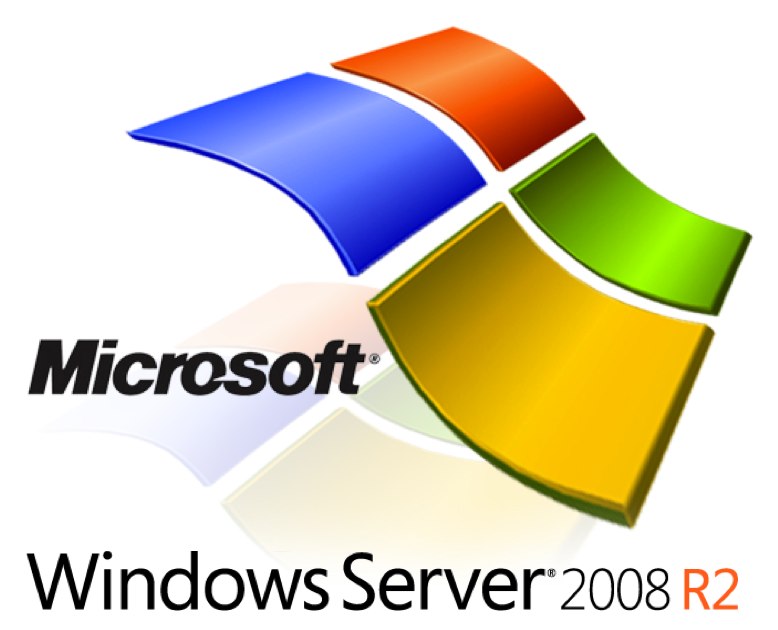Windows Server 2008 comes with Internet Explorer but if you are interested to switch to Google Chrome then here we will show you how to do it.If the installer is not working, then you can try to download the Google Chrome Installer fromThen, Click Here and the download will start. You’d need to enable downloads in your Windows Server 2008, and Javascript. To enable Javascript, go to Internet Settings and then Security tab. Then, look for the Internet zone and under Scripting, look for Active Scripts.
Enable Active Scripts and then you can download the installer.If you still getting the error message, then you can try the following steps. Go to Control Panel and open Administrative Tools. Then go to Local Security Settings and click Software Restriction Policies.
Windows Server 2008 Usb Install
If there are no restrictions defined then right click and choose Software Restriction Policies node and then New Software Resitiction Policy. Then click Enforcement and select All users except local administrators. Now click OK to close and reboot your computerNow you can try to install Chrome again.
IntroductionOSSEC is an open-source, host-based intrusion detection system (HIDS) that performs log analysis, integrity checking, Windows registry monitoring, rootkit detection, time-based alerting, and active response. It’s the application to install on your server if you want to keep an eye on what’s happening inside it.
OSSEC is supported on Windows and all Unix-like operating systems; however, the Droplets used in this tutorial are both running Ubuntu 14.04.OSSEC can be installed to monitor just the server it is installed on, which is a local installation in OSSEC parlance. The two previous tutorials on OSSEC are examples of local OSSEC installations: and.OSSEC can also be used to monitor thousands of other servers, called OSSEC agents. OSSEC agents are monitored by another type of OSSEC installation called an OSSEC server. After an OSSEC server is configured to monitor one or more agents, additional agents may be added or removed at any time. Monitoring of OSSEC agents can be via agent software installed on the agents or via an agentless mode. This tutorial will use the agent mode, which entails installing OSSEC agent software on the agents.In this tutorial, you’ll learn how to install an OSSEC server and an OSSEC agent, and then configure the server and agent so that the server monitors the agent, with the server sending alerts to your email. PrerequisitesTo complete this tutorial, you’ll need the following.Two Ubuntu 14.04 Droplets.
Make sure to take note of the IP addresses of both, which you can see on the DigitalOcean dashboard. We’ll refer to these as yourserverip and youragentip, respectively.A sudo non-root user on both Droplets, which you can obtain by following the first three steps of.Iptables firewall enabled on both. In Linux, the latest stable release of OSSEC needs iptables for its active response feature.
It does not work with ufw, the default firewall applications on Ubuntu. Follow the instructions in to set up iptables on both servers.Step 1 — Download and Verify OSSEC on the Server and AgentWe will begin by downloading and verifying OSSEC on both Droplets (the server and the agent). All of the commands in this step should be executed on both Droplets, unless otherwise specified.OSSEC is delivered as a compressed tarball. In this section, you’ll download OSSEC and its checksum file, which is used to verify that the tarball has not been tampered with.
To begin, log into the server as you normally would, then update the package database. Sudo apt-get updateInstall any available updates.
Sudo apt-get upgradeFinally, install the required packages.On the server, you should install the following: sudo apt-get install inotify-tools build-essentialOn the agent, you should install the following: sudo apt-get install build-essentialAfter that, on both Droplets, download OSSEC and its checksum file. You can check the for the latest version, but the ones below are the latest at the time of writing.
Wget -U ossec -U ossec downloading both files, verify the md5sum of the compressed tarball. Md5sum -c ossec-hids-2.8.1-checksum.txtThe output should be: ossec-hids-2.8.1.tar.gz: OKmd5sum: WARNING: 1 line is improperly formattedFollow that by verifying the SHA1 checksum.
Sha1sum -c ossec-hids-2.8.1-checksum.txtIts output should be: ossec-hids-2.8.1.tar.gz: OKsha1sum: WARNING: 1 line is improperly formattedIn each case, ignore the WARNING line. The OK line is what confirms that the file is good. Step 2 — Install the OSSEC ServerIn this step, we will install the OSSEC server, so these commands should only be executed on one Droplet. Before initiating installation of the server, untar it.

Tar xf ossec-hids-2.8.1.tar.gzIt will be unpacked into a directory called ossec-hids-2.8.1 Change into that directory. Cd ossec-hids-2.8.1/Then start the installation. Sudo./install.shThroughout the setup process, you’ll be prompted to provide some input. In most of those cases, all you’ll need to do is press ENTER to accept the default values.The first choice you’ll be prompted to make is select the installation language. By default, it is English (en), so press ENTER if that’s your preferred language.
Otherwise, type in the 2 letters from the list of supported languages.The next question will ask what kind of installation you want. Here, enter server.
1- What kind of installation do you want (server, agent, local, hybrid or help)? ServerFor the rest of the subsequent questions, you can accept the defaults, which means just pressing ENTER.
For the question on email, be sure to enter a valid email address.